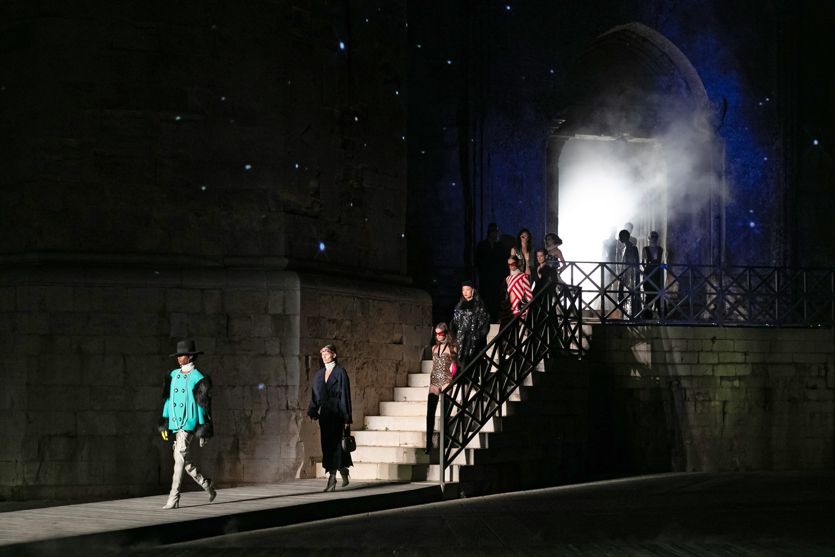We are sailing in decidedly agitated waters, but not in sight: to remain in the nautical metaphor – but staying away from the abused image of the perfect storm – the Italian fashion system seems to have a clear horizon and the route followed in the first quarter and continued in the second could be the same for the whole year. The data presented yesterday by Confindustria Moda on 2022 together with the preliminary balance sheet for 2021 say so.
The federation represents the entire textile-fashion-accessory (TMA) supply chain, which in 2019 had reached one hundred billion in turnover and in 2021 experienced a strong recovery, even if the pre-pandemic levels – in aggregate – are not yet reached. , given that the Tma is in fact a system of supply chains that have companies of all sizes within them: SMEs, in particular those of the upstream manufacturing part, have suffered more, also due to the impact of increases in chemical raw materials and energy.
First quarter above expectations
The January-March period, explained Cirillo Marcolin, president of Confindustria Moda, closed with an increase in turnover of 19.3%: “It is a figure above expectations, which predicted a + 14%, and also the trend of orders recorded a strong upward trend, + 15% compared to the same period of 2021 », Marcolin said, adding that in the second quarter the average increase in sales should be close to 13%. «It is a positive forecast, of course, but there is a slowdown compared to the first quarter and the cause is the uncertainties on the international scenario, linked in various ways to the Russian-Ukrainian conflict. The first semester – specified the president of Confindustria Moda – should be closed with a growth in turnover of 16% ». Indications on the second part of the year come from the Rapid Survey of the Federation’s Study Center, illustrated by the general manager Gianfranco Di Natale: “The heaviest impacts cited by the companies in our sample, largely representative of the entire supply chain, are linked to the increase of the transversal costs of raw materials and energy “.
For 80% of companies the impact of energy costs is “strong”
The conflict has aggravated a situation of overall increase in costs that Sistema Moda Italia and Confindustria Moda reported since the autumn of 2021. % foresees a slight impact, while for only 2% of entrepreneurs this will be negligible – underlined Di Natale -. For raw materials, on the other hand, 9 out of 10 companies report substantial increases and all sectors of the TMA are affected. The increase in metals, precious and otherwise, for example, has a negative impact on jewelery but also on eyewear. That of packaging is reflected primarily in textiles-clothing, footwear and leather goods, while the increases in leather and hides prices affect footwear, tanning, fur and leather goods ». Finally, there are the increases in chemical products, fabrics and components in general, which affect all realities in a truly transversal way.
The fashion industry is confirmed as a driving force for the Italian GDP
However, the right concerns do not cancel out the preliminary data for 2021 and those for the first quarter of 2022, which confirm the centrality that the TMA has in the Italian economy in terms of number of companies, employees and turnover. And for the contribution it gives to exports, Marcolin recalled: “After the setback of 2019, we can say that the TMA has rediscovered its role as an engine of the country’s economy – explained the president of Confindustria Moda – . We are once again one of the main contributors to the Italian trade balance, as before the pandemic ». At risk, in this phase of recovery “in fits and starts” due to external factors such as the Russian-Ukrainian conflict, lockdowns in China, logistical difficulties and all the increases mentioned above, are the SMEs.
